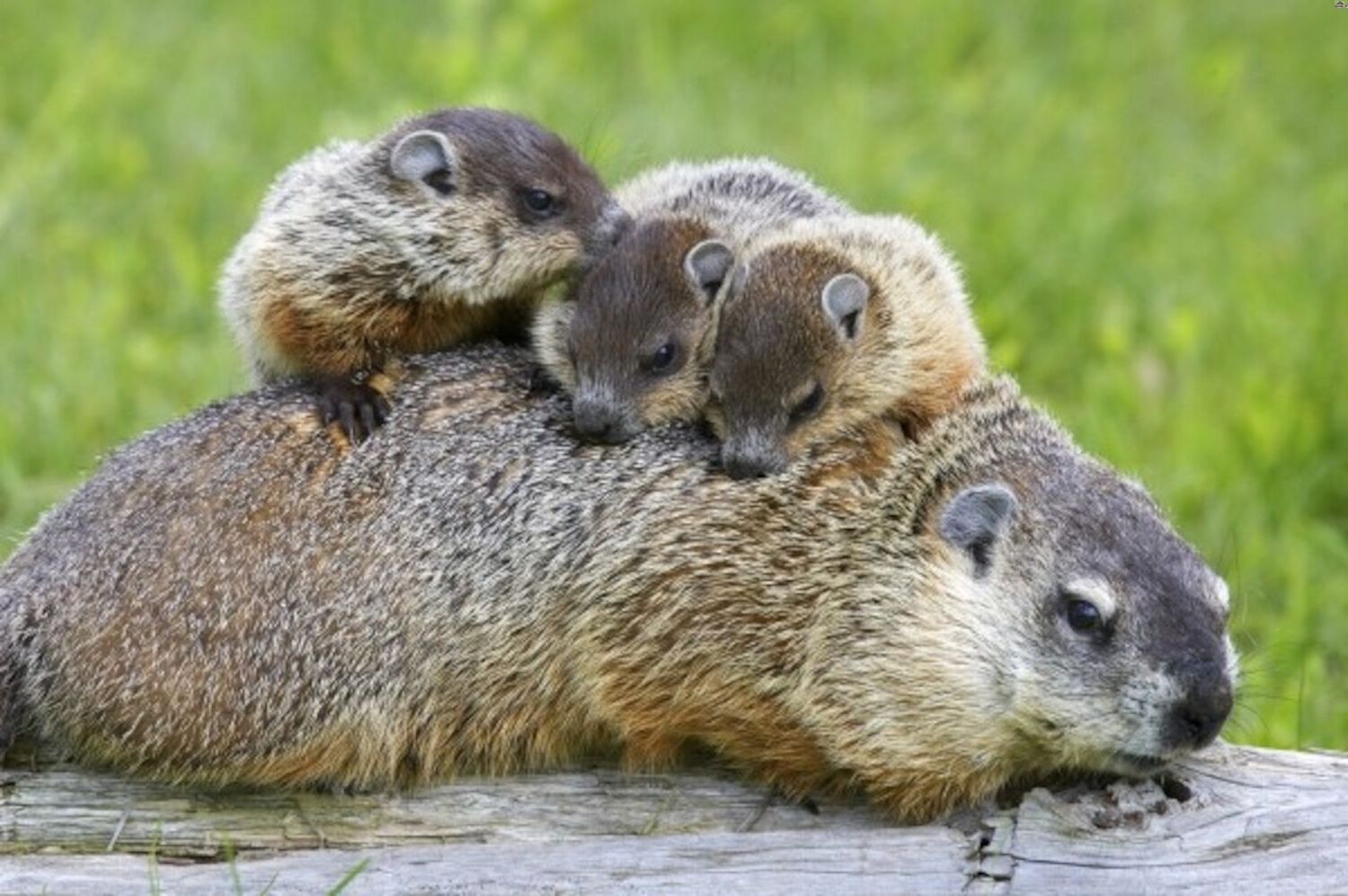
Groundhogs, also known as woodchucks, are fascinating creatures with unique behaviors. Ever wondered what these furry critters do all day? Groundhogs are primarily known for their burrowing skills. They create extensive underground homes with multiple chambers. These burrows serve as protection from predators and harsh weather. During the warmer months, groundhogs spend their time foraging for food, mainly eating plants, fruits, and vegetables. As fall approaches, they prepare for hibernation by eating more to build up fat reserves. Hibernation is a critical part of their life cycle, allowing them to survive the cold winter months. Groundhogs are also famous for their role in predicting the weather on Groundhog Day. Curious to learn more? Let's dig into 14 intriguing facts about what groundhogs do!
Groundhogs: Nature's Little Architects
Groundhogs, also known as woodchucks, are fascinating creatures with unique behaviors. Let's dive into some interesting facts about what these little architects do.
-
Groundhogs are expert burrowers. They create complex underground tunnels that can be up to 66 feet long. These burrows have multiple chambers for sleeping, rearing young, and even a bathroom!
-
Groundhogs hibernate during winter. They enter a deep sleep from late fall until early spring, slowing their heart rate and dropping their body temperature to conserve energy.
-
Groundhogs are herbivores. Their diet mainly consists of plants, including grasses, fruits, and vegetables. They can eat up to a pound of vegetation daily.
-
Groundhogs have excellent hearing. This keen sense helps them detect predators like foxes, hawks, and coyotes, giving them time to retreat to their burrows.
-
Groundhogs are solitary animals. They prefer to live alone except during the mating season or when raising their young.
Groundhog Day: A Unique Tradition
Groundhogs have even inspired a popular tradition in North America. Groundhog Day is celebrated every year on February 2nd. Here are some fun facts about this quirky holiday.
-
Groundhog Day predicts the weather. According to folklore, if a groundhog sees its shadow, there will be six more weeks of winter. If not, spring will come early.
-
Punxsutawney Phil is the most famous groundhog. This groundhog from Punxsutawney, Pennsylvania, has been predicting the weather since 1887.
-
Groundhog Day has roots in ancient traditions. It is believed to have originated from Candlemas Day, a Christian holiday where clergy would bless candles and distribute them to ward off the darkness of winter.
Groundhog Communication and Social Behavior
Groundhogs have unique ways of communicating and interacting with their environment. Let's explore some of their social behaviors.
-
Groundhogs use vocalizations to communicate. They can produce a variety of sounds, including whistles, squeals, and barks, to alert others of danger or attract mates.
-
Groundhogs mark their territory. They use scent glands located near their cheeks to rub against objects, leaving a scent trail to establish their presence.
-
Groundhogs are excellent climbers and swimmers. These skills help them escape predators and navigate their environment more effectively.
Groundhog Reproduction and Lifespan
Understanding groundhog reproduction and lifespan provides insight into their life cycle and survival strategies.
-
Groundhogs have a short mating season. It occurs in early spring, shortly after they emerge from hibernation. Females give birth to a litter of 2-6 pups after a gestation period of about 32 days.
-
Groundhog pups are born blind and hairless. They remain in the burrow for the first few weeks of life, relying on their mother for warmth and nourishment.
-
Groundhogs have a lifespan of 3-6 years in the wild. However, they can live longer in captivity, sometimes reaching up to 14 years.
Groundhogs: Nature's Little Architects
Groundhogs, also known as woodchucks, are fascinating creatures with unique behaviors. They dig complex burrows, which can be up to 66 feet long, providing shelter and a place to hibernate. These burrows have multiple chambers and entrances, showcasing their impressive engineering skills. Groundhogs are herbivores, munching on plants, fruits, and vegetables. They play a crucial role in the ecosystem by aerating the soil and providing habitats for other animals. Despite their solitary nature, groundhogs communicate through whistles and other vocalizations. Their ability to predict the weather on Groundhog Day has made them famous, though it's more folklore than science. Understanding groundhogs helps us appreciate their role in nature. Next time you spot one, remember these little architects are more than just cute critters; they're vital to our environment.
Was this page helpful?
Our commitment to delivering trustworthy and engaging content is at the heart of what we do. Each fact on our site is contributed by real users like you, bringing a wealth of diverse insights and information. To ensure the highest standards of accuracy and reliability, our dedicated editors meticulously review each submission. This process guarantees that the facts we share are not only fascinating but also credible. Trust in our commitment to quality and authenticity as you explore and learn with us.


